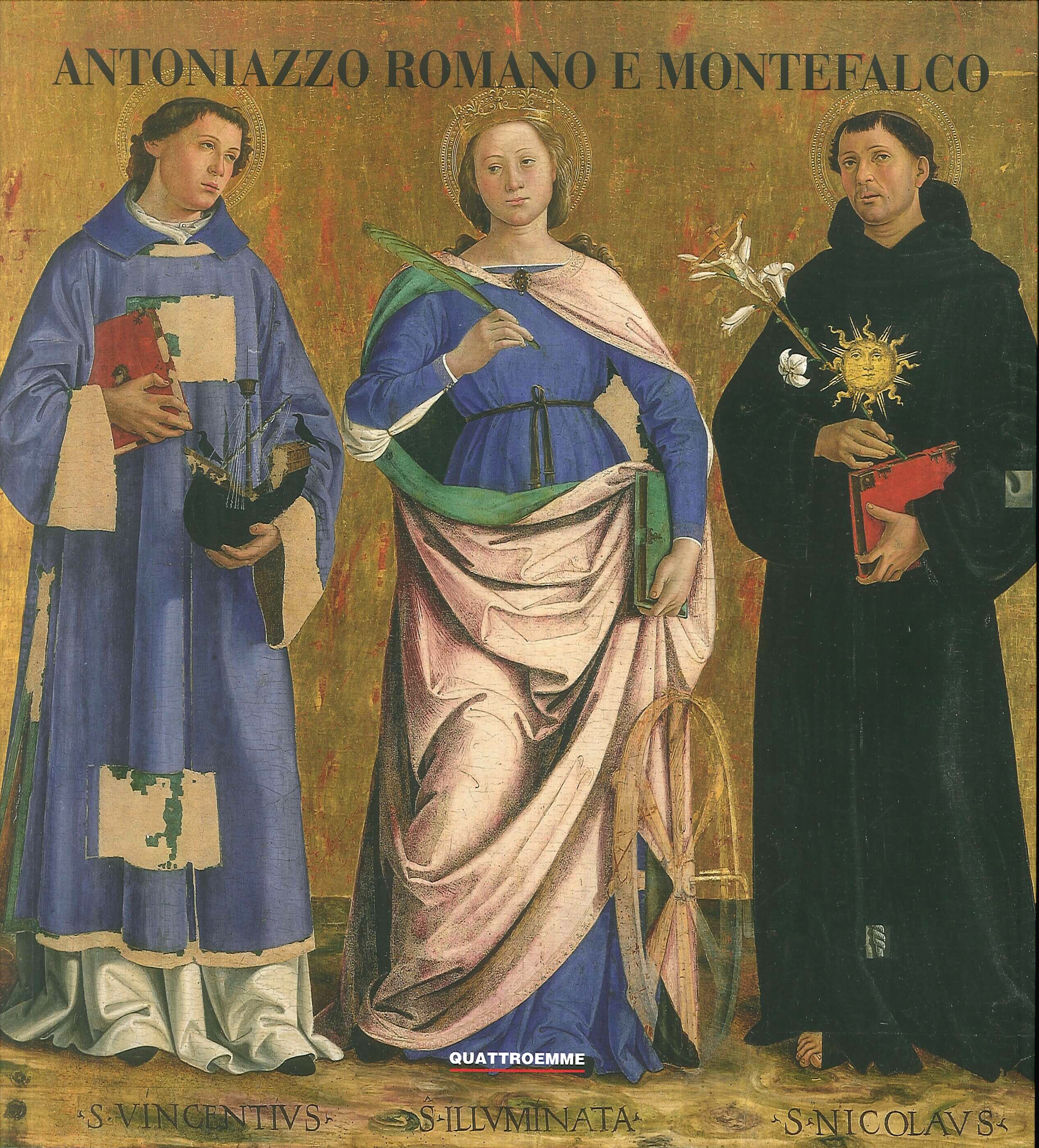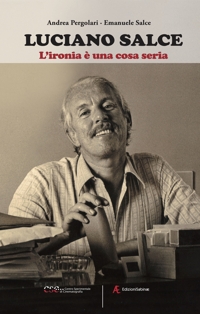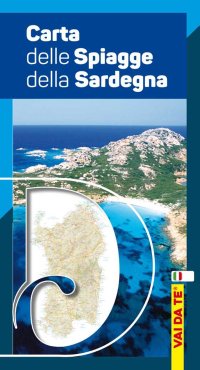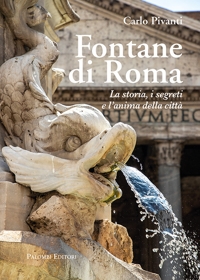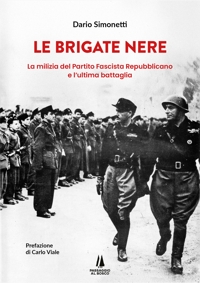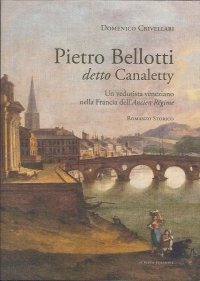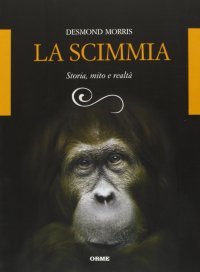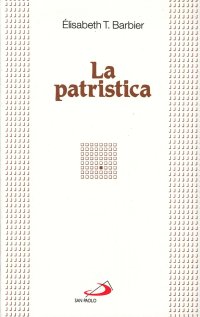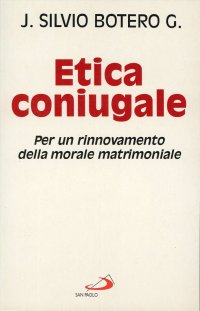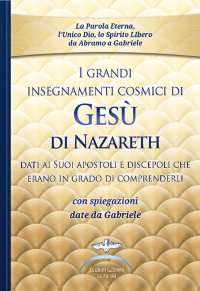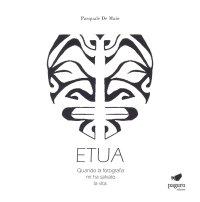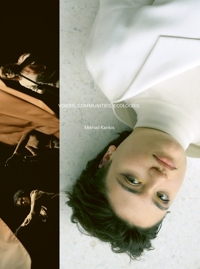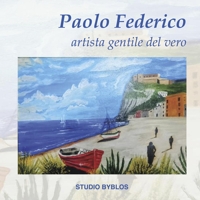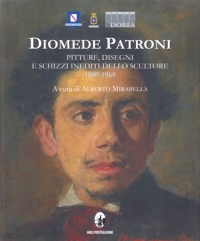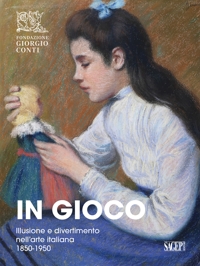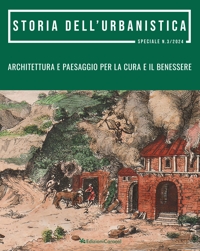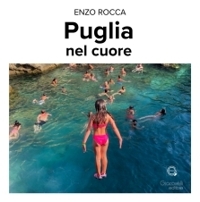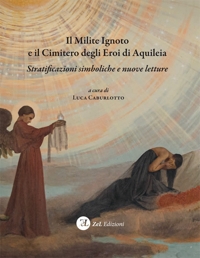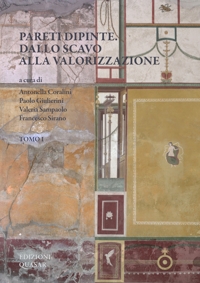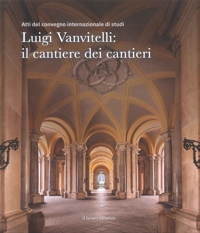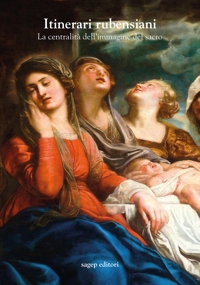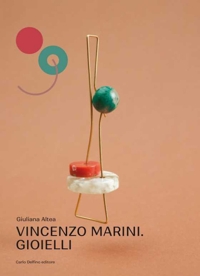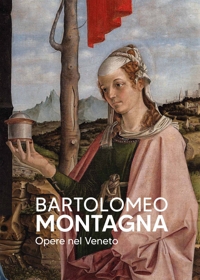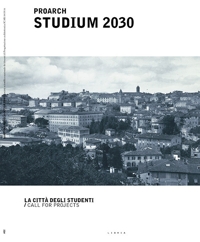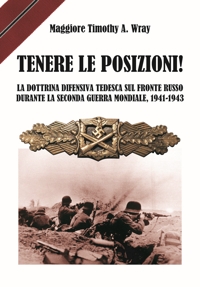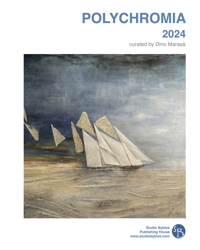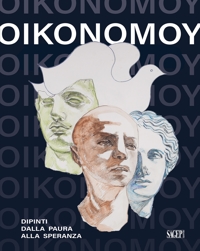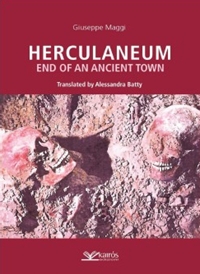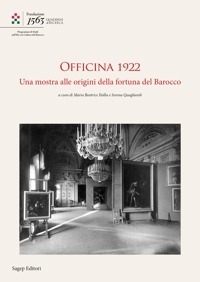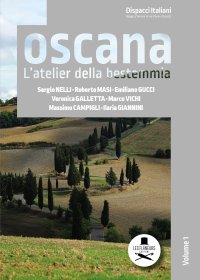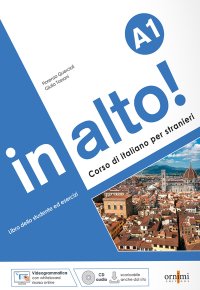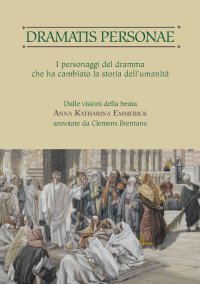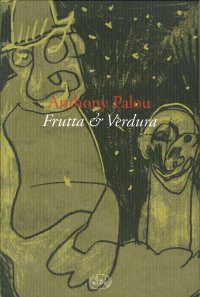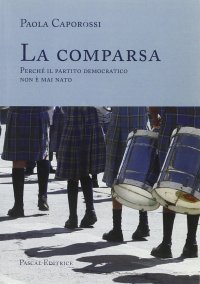Antoniazzo Romano e Montefalco. Antoniazzo Romano and Montefalco
Montefalco (Pg), Complesso Museale di San Francesco, December 11, 2016 - May 7, 2017.
Edited by Adele Breda.
Italian and English Text.
Ponte S. Giovanni, 2017; paperback, pp. 78, col. ill., cm 22x24.
ISBN: 88-89398-94-9
- EAN13: 9788889398944
Subject: Monographs (Painting and Drawing)
Period: 1400-1800 (XV-XVIII) Renaissance
Languages: 

Weight: 0.33 kg
In the second half of the XV century the most representative painter of Rome was surely Antoniazzo Romano (born Antonio di Benedetto Aquili), the head of a flourishing workshop, that placed him side by side in the several commissions for the decoration of churches and convents and for the production of some devotional panels and altarpieces for his native city, for Lazio and the other neighbouring regions. Antoniazzo was born in the years between 1435 and 1440 in a family of painters in the rione Colonna, where the father Benedetto lived and worked; in their workshop Antoniazzo and his brothers Giuliano and Nardo began their artistic training and cooperation. Two of Antoniazzo's sons, including the best known Marcantonio, and Evangelista, the son of Nardo, continued the tradition becoming painters their selves. Aquili, at beginning, trained in the local schools where the Christian Medieval Roman tradition kept alive continuing to prefer the sacred images, hieratic and solemn that - according to the need - were restored, repainted and copied. The Cosmati and Cavallini artistic conceptions were an important part of Antoniazzo's cultural background. On this premise, other artistic suggestions arose in his language in the manner of Angelico and Gozzoli at the beginning, then Pier Della Francesca, Ghirlandaio and Melozzo, and at the last, in the manner of Perugino and Pinturicchio. Antoniazzo reinterpreted everything that was good in these artists using a figurative artistic language based on few real principles: narrative facility, iconic evidence, noble without self-importance, popular without vulgarism. (A.Paolucci, Antoniazzo Romano, Gruppo D'Adamo Editore, 1992, p.9). The exhibition Antoniazzo Romano and Montefalco, confronts two works of the Roman master, in some sense similar but, at the same time, with important differences give us the possibility to better comprehend his complex personality. In fact, Antoniazzo confronting himself with the modern suggestions wanted to communicate "ancient values, judiciously intended and vigorously expressed,... while he remained, all the way, the painter of the Urbe". (A.Paolucci, cit. p .9). The panel with "San Vincenzo da Saragozza, Sant'Illuminata e San Nicola da Tolentino" is an attestation of incomparable beauty and an example about how Antoniazzo adopted the Renaissance style in that aspect more specifically linked to the Urbe - mediated by the contact with Melozzo, with whom the painter decorated some rooms of the ancient library of the Vatican Palace in the years 1480- 1481-. Cardinal Jorge da Costa commissioned this altarpiece around 1488 for his private chapel, acquired in this same year in the Roman church Santa Maria del Popolo, the headquarters of the Augustinian Order. In 1491 the altarpiece was transferred to the church of Santa Illuminata in Montefalco on the occasion of its entree into the Augustinian Congregation of Lombardia thanks to the will of Fr General, Anselmo da Montefalco, further to this, two of the three Saints depicted were modified in order to adapt them to the new needs of the Augustinian devotion- the San Nicola di Tolentino - and in line with the local tradition - the Santa Illuminata- to whom the church itself is dedicated.













